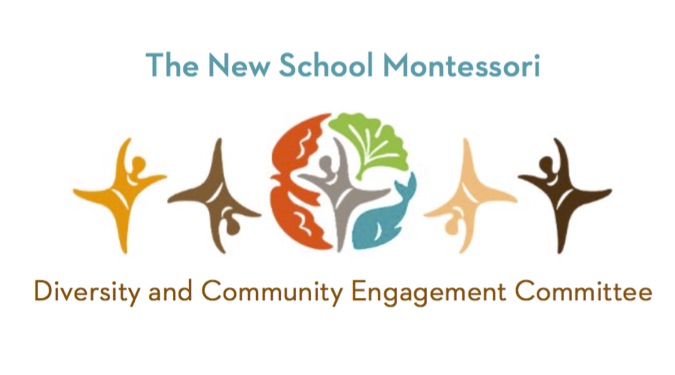Article written by Rachel Lwin, Diversity and Community Engagement (D+CE) Committee Member
As we come to the end of February and head into my personal favorite time of year, gardening season, I have been thinking about those people who have and are still working to shape a more resilient approach to agriculture. Unequal access to fresh food persists, especially for people of color. The Great Migration of African Americans out of the Southern states into urban centers of the North cut off access to farmable land. That, coupled with decades of discriminatory loan practices and uneven treatment by the USDA to farmers of color, has led to even further loss of land access. It is no accident that people of color make up fewer than 3% of farm owners in America. This week I’d like to take a look at some of the brilliant work of Black farmers and horticulturists to heal the planet, increase access to fresh food, and diversify crops to create a more resilient agricultural system in the face of a changing climate.
The practice of synchronizing different crops so that they behave in a mutually beneficial way has become increasingly popular among independent farmers. There are many benefits to this practice, and we have George Washington Carver to thank for popularizing it. “The Peanut Man,” as he is known to elementary schoolers across the nation, wanted to help poor, Black, sharecropping farmers working in the Jim Crow South. Cotton was then the most important cash crop, but it depletes the soil. Enter the humble peanut, a cheap and easy-to-grow member of the legume family, which has the unique ability to absorb nitrogen from the atmosphere and release it into the soil. Not only do peanuts replenish soil fertility, but they themselves produce an edible harvest–hence Carver’s peanut proselytization.
Many of us these days are aware of, and perhaps even members of, Community Supported Agriculture, or CSA, in which members pay for an entire season’s worth of produce upfront to a farmer. This early investment in the harvest allows farmers to make purchases and plan for labor and other expenses without having to depend on income earned throughout the season. This was the brainchild of African American horticulturist Booker T. Whatley in the mid-1960s-70s. What he called a “clientele membership club,” once again, stemmed from the lack of access to USDA loans provided to Black farmers and served as a way for Black communities close to urban areas to have access to fresh produce and land.
And lastly, for this blog post at least, seed saving. There is a shocking lack of diversity in our commercial food system. Corn, the most planted crop in the US, has only twelve varieties in use by large scale farmers. Ira Wallace of Southern Exposure Seed Exchange has been working for decades to find and produce heirloom seeds of the American South, like collard greens and cowpeas, to celebrate the resourcefulness and culture of African Americans throughout history. But Wallace also aims to help farmers by providing diverse seed that is adapted to different soils, ecosystems, and even changing climates, creating a more resilient agricultural system for the future.
Leah Penniman of Soul Fire Farm, another farm dedicated to correcting food injustice, wrote of a family lore passed down to her: “in which her grandmother’s grandmother’s grandmother was kidnapped from the shores of West Africa with seeds of rice, okra, and millet braided into her hair as insurance for an unimaginable future.” Migrants throughout history have packed only the most essential things as they moved, or were taken in the case of Penniman’s ancestor and countless others like her. Almost always, seeds make the move too. But just as essential are the knowledge, history, and passion that people have brought with them. They have shown us how to nurture those seeds for ourselves and our planet. As I and other gardeners move into the growing season, and as we all reap the benefit of the upcoming harvest, I hope that we can remember these people, past and present, who have made our world healthier and more accessible for generations to come.
Does your family observe a tradition or cultural holiday that you’d like to share with the TNSM community? Do you have a passion for or expertise in a certain area of DEI? The D&CE committee is always looking for books, resources, and classroom speakers to help deepen the cultural competency of our school community. Please reach out to us at office@...


Comments 1
Rachel, wonderful blog article! Thank you. Very interesting and inspiring story about Leah Penniman!